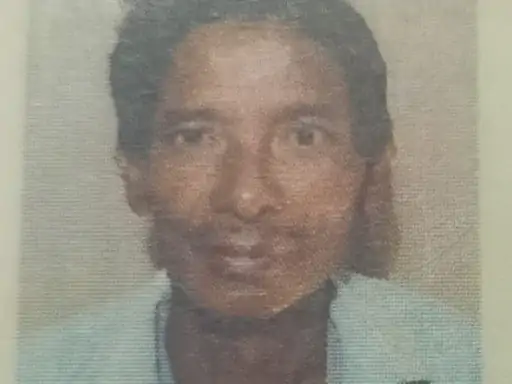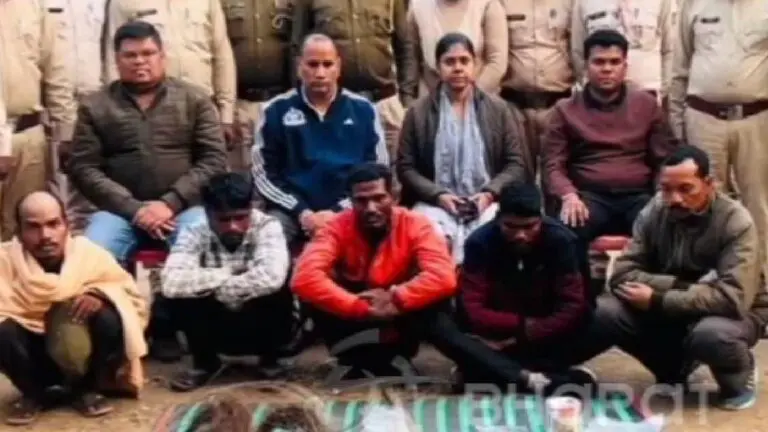Kishun Mahto
Evening settled quietly over Bettiah in Bihar when panic broke through the calm. Along the edge of the Manguraha forest range near Valmiki Tiger Reserve, sixty-one-year-old Kishun Mahto was attacked and killed by a tiger while returning home with his buffaloes. His death has turned routine grazing into a story of fear that now grips six neighboring villages.
Family members said Kishun Mahto and other herders had gone to graze cattle near the Pandai River. Around five o’clock, while crossing a narrow patch of reeds, a tiger lunged from the undergrowth, dragged him into the forest, and vanished. By the time the others shouted for help, there was silence. Hours later, forest rangers and police recovered his body about 500 meters from the site.
The incident has reopened old questions that haunt India’s tiger landscapes: why do people still graze livestock at the forest’s edge, and why must tigers pay for our poor planning? In the aftermath, villagers of Khekharia Tola and Mahayogin stayed awake all night, armed with sticks and flashlights. Fear replaces sleep whenever the line between human and wild disappears.
Kishun Mahto and the fragile border of trust
Forest officers and police have launched patrols through the buffer zone. Dr. Neshamani, Deputy Director of Wildlife Conservation, urged residents to avoid forest edges, yet admitted that advice alone rarely helps. Most villagers depend on forest grasslands for fodder. “Where else can we take our animals?” one farmer asked—a question repeated across tiger country.
The truth is simple but uncomfortable: grazing in or near reserves continues because alternatives do not. Delayed compensation for livestock losses leaves families desperate. Each season, they risk proximity to tigers, hoping lightning won’t strike twice. When it does, sorrow becomes outrage. And when anger builds, retaliation begins.
Experts note that Kishun Mahto’s death mirrors dozens of similar attacks near reserves from Pilibhit to Sundarbans. The pattern is identical: poverty pushing humans inward, protection driving tigers outward. The Valmiki Tiger Reserve, Bihar’s only one, covers nearly 900 square kilometers yet is encircled by farmland. Its buffer zones are porous—one step beyond the field, and the wilderness begins.
Officials have promised compensation and stricter night patrols, but such measures treat symptoms, not causes. Coexistence is not born of fences or flashlights; it requires a rethinking of space. Villagers need grazing cooperatives outside core zones, reliable payments for lost cattle, and transparent coordination between departments. Without that, more families will lose loved ones as Kishun Mahto’s did.
The story also exposes how communication gaps widen conflict. Forest warnings often reach communities too late or in bureaucratic language few understand. Training local volunteers as rapid-response messengers could prevent deaths on both sides.
Projects focusing on human–tiger conflict already exist in states like Madhya Pradesh and Assam, where behavioral change initiatives teach villagers to secure cattle and avoid forest paths at dusk. (Learn more in our cornerstone on human–tiger conflict). Bihar must follow suit if coexistence is to move from idea to habit.
Beyond statistics, the tragedy of Kishun Mahto forces reflection on empathy itself. For the villagers, the tiger is terror. For conservationists, it is survival. Both are right in their own way. But unless policy bridges that divide, fear will continue to rule the forest edge.
At dawn, the search teams withdrew, leaving behind flattened grass, broken branches, and a grieving family. In the villages, torches still burn through the night—a line of trembling light between safety and the unseen. Somewhere in that darkness, a tiger prowls, not hunting revenge, only searching for space that humans no longer share.
The death of Kishun Mahto reminds us that coexistence is not a slogan but a responsibility. Until human livelihoods adapt as tigers have been forced to, peace will remain as elusive as the predator itself.
(Read the original story in Bhaskar English).






